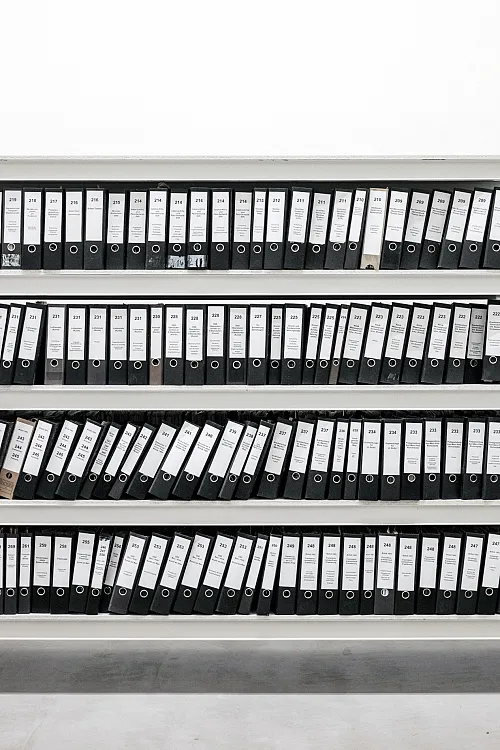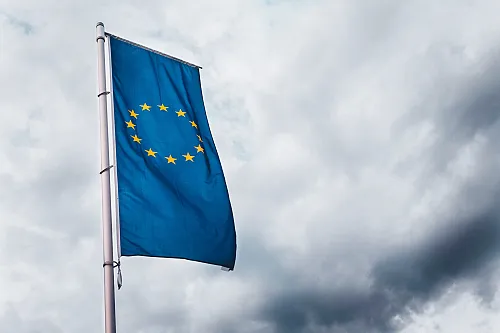The Competition Regulatory Authority of Mozambique has published its Leniency Regime, allowing companies and individuals to benefit from reduced fines if they report anti-competitive practices and cooperate with the authority by providing evidence of significant added value. Applicable to both horizontal and vertical conduct prohibited by law, the regime requires immediate cessation of the infringement, formal confession, and full cooperation. Fine reductions range from 10% to 70%, depending on the order and quality of the information submitted. A “marker” system secures the date of the initial application. Despite its structured approach, the absence of full immunity and the requirement for formal confession may discourage uptake.
Introduction
The Competition Regulatory Authority of Mozambique (CRA) published its Leniency Regime Regulation (Leniency Regime), which establishes the procedure to apply for fine reductions granted by the CRA.1 This regulation is designed to encourage collaboration with the CRA in the context of infringement proceedings related to anti-competitive practices.
The publication of the Leniency Regime follows the launch of a public consultation in April 2024 on the draft leniency regulation.
Scope
The Leniency Regime is potentially applicable to any type of collective anticompetitive behaviour prohibited by Articles 17 and 18 of Law no. 10/2013 (Competition Law), including agreements, decisions by associations of undertakings, and concerted practices between undertakings, both horizontal and vertical in nature, which have the object or effect of restricting competition in the national market. This means that while the main focus of the Leniency Regime may be cartels and other hardcore collusive behaviour between competitors, the Regime may also apply to other horizontal agreements and to vertical (e.g., supply and distribution) agreements.
The Leniency Regime applies primarily to undertakings and associations of undertakings that carry out economic activities in the national territory or produce effects there, within the meaning of article 3 of the Competition Law. Individuals (witnesses, experts, or representatives of the complaining or offending undertakings) who unjustifiably fail to attend proceedings for which they have been duly notified, in breach of the cooperation duty established by the Competition Law, may also apply for reduction in fines under the Leniency Regime.
Fine Reduction Criteria
The reduction in fines depends on whether the applicant provides the CRA with evidence of the alleged infringement which represents “significant added value” with respect to the evidence in the CRA’s possession at the time of the request. Information is of significant added value if it reinforces the CRA’s capacity to prove the alleged infringement, in view of its nature (e.g., contemporaneous documents) or its level of detail.
The Leniency Regime specifies the percentage reduction in fines based on the order and value of information provided:
- 50-70% reduction for the first applicant providing significant added value information;
- 30-50% reduction for the second applicant;
- 10-30% reduction for the third applicant.
Requirements
The application of the leniency regime is dependent on the following cumulative requirements being met:
- Existence of an anti-competitive practice: applicants must be involved in an anti-competitive behaviour, as defined in Articles 17 and 18 of the Competition Law;
- Cessation of Anti-Competitive Practices: applicants must completely and immediately cease the anti-competitive practice or their involvement in the infringement under investigation until the leniency application is submitted, unless expressly authorised by the CRA;
- Insufficient Evidence: there must be a lack or insufficiency of evidence to ensure that the CRA imposes a fine on the parties involved in the prohibited practice;
- Confession and Cooperation: applicants must confess their participation in the unlawful practice and provide full and permanent cooperation with the CRA, at their own expense, for the duration of the infringement proceedings.
Procedure
Leniency applications should be submitted in writing and can be delivered in person, by registered letter, or via the CRA’s website. Written applications may be replaced by oral statements, provided they are presented at the CRA in a meeting with two members of the CRA staff.
Applications must include detailed information about the applicant, the infringement, the other individuals or undertakings involved, and any other relevant details, as well as the evidence available to the applicant. Applicants should prioritize documents and information that are most up-to-date or contemporary with the infringement.
The CRA may grant a marker to the applicant further to a reasoned request, allowing it to complete its original application within 15 business days (or a different deadline deemed reasonable by the CRA). For a marker to be granted the original request it must include at least (i) the name and address of the applicant; (ii) a description of the infraction; (iii) information on the products and services affected by the practice; (iv) estimate on the duration and nature of the practice; and (v) an indication of the information which cannot be provided at the moment of the original request and its justification.
If the applicant completes its leniency application within the deadline established by the CRA, the request is deemed submitted on the date and at the time of the marker. The CRA is to approve and publish a template marker.
All leniency applications and related information are classified as confidential and are not available to third parties, except as required by law.
Comment
The Leniency Regime provides a structured approach for companies and individuals involved in anti-competitive practices to collaborate with the CRA.
While the Regime has a very wide scope, potentially covering all types of horizontal and vertical conduct, the absence of full immunity for the first company who approaches the CRA may arguably not constitute enough of an incentive for companies to voluntary report previously unknown conduct to the CRA. In addition, the requirement that leniency applicants formally confess participation in the illicit behaviour (and therefore implicitly waive their right to challenge the CRA’s final decision in court) makes the Leniency Regime, which is primarily an evidence-collection procedural mechanism, closer to a settlement procedure, for which additional reductions in fines are available in other jurisdictions.2
The availability of a marker is a welcome improvement from the draft published in April 2024 and allows companies to have certainty on the date and time of their leniency applications, giving them additional time to search and collect relevant evidence and complete their preliminary submission.
By offering significant reductions in fines, the CRA hopes that the Leniency Regime will incentivise transparency and cooperation, ultimately supporting the active enforcement of competition law in Mozambique, on which the CRA remains focused.
_______________________
1The Leniency Regime was approved by CRA Resolution no. 1/2025, of 13 February 2025, and published in the Official Journal (Boletim da República) I Série, no. 61, of 31 March 2025, which became publicly available in the course of last week.
2See, for instance, the Portuguese Competition Law (approved by no. Law 19/2012, of 8 May 2012, as amended) or the European Union’s Leniency Notice (2006/C 298/11) and Settlement Notice (2008/C 167/01).



